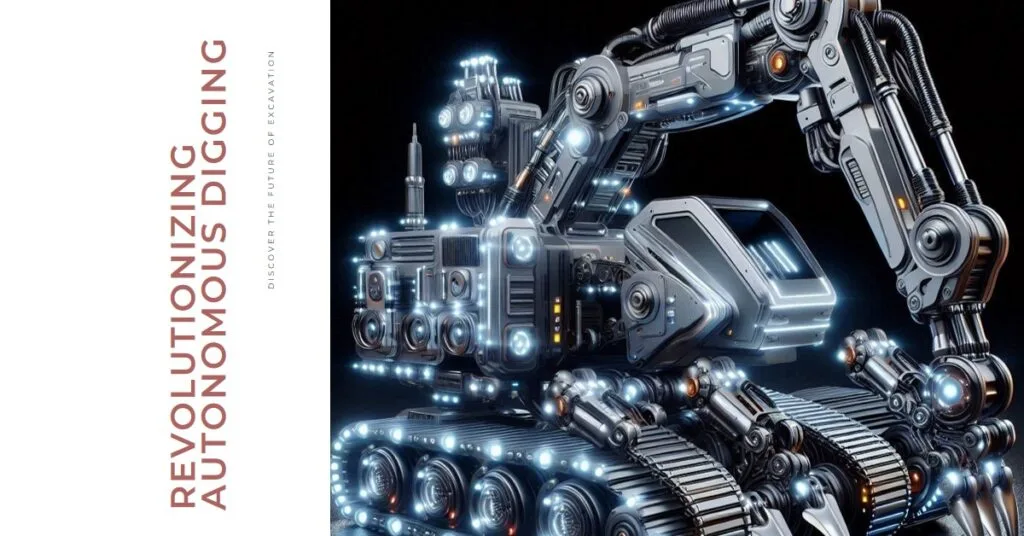US Patent Application for Horizontal Self-Burrowing Robot

Introduction
Imagine a robot that can autonomously tunnel through the earth without disturbing the surface. With innovations in robotics and artificial intelligence, the “horizontal self-burrowing robot” is a revolutionary technology poised to reshape excavation in industries such as construction, mining, and environmental science. This post dives into the US patent application for horizontal self-burrowing robot, examining its features, the patenting process, and its potential to change industries.
What Is a Horizontal Self-Burrowing Robot?
A horizontal self-burrowing robot is an autonomous machine designed to dig underground tunnels without the need for human oversight or visible surface impact. This technology, protected under utility application patents, presents a groundbreaking approach for industries that rely on safe and efficient subterranean excavation.
Key Features of the Horizontal Self-Burrowing Robot

- Autonomous Navigation
Using AI and advanced sensor systems, these robots can independently navigate underground obstacles, making real-time adjustments to avoid rocks, roots, and artificial structures. - Efficient Burrowing Mechanism
Equipped with rotating drill heads, these robots can bore through various types of soil and rock, ensuring continuous operation and reduced need for human intervention. - Sensor Integration for Obstacle Detection
High-tech sensors, including LIDAR and sonar, enable the robot to detect and navigate around obstacles, minimizing risk and enhancing productivity.
The Importance of the US Patent for Horizontal Self-Burrowing Robots
Securing a US patent application for a horizontal self-burrowing robot offers crucial protection for innovators, allowing them to commercialize their technology without competition. Here’s how the patent process typically unfolds:
- Filing the Patent
Inventors submit a detailed application that includes the robot’s design, functionality, and unique features. - Examination by the USPTO
The US Patent and Trademark Office reviews the submission to confirm the invention’s originality and non-obviousness. - Patent Grant or Revisions
If the application meets USPTO standards, a patent is issued. Otherwise, inventors can adjust the application to address USPTO feedback.
Applications of Horizontal Self-Burrowing Robots
The horizontal self-burrowing robot is transforming several industries by making underground work safer, faster, and less invasive. Key applications include:
- Construction and Infrastructure
Ideal for projects like laying pipelines or rail tunnels, this technology minimizes surface disruption, particularly valuable in urban areas. - Utilities and Telecommunications
Robots can assist with installing underground cables or pipelines, reducing the need for traditional, invasive excavation. - Environmental Research and Remediation
With precise sampling and monitoring abilities, these robots support environmental efforts, particularly in hazardous or delicate areas. - Mining and Resource Extraction
They provide efficient access to underground resources, creating minimal waste and reducing the environmental impact of traditional mining.
Benefits Over Traditional Excavation
- Reduced Labor and Costs
Automation significantly reduces labor costs, as fewer workers are required on-site. - Minimized Surface Impact
Unlike traditional methods, this robot operates beneath the surface, preserving the integrity of the environment and reducing post-excavation repair needs. - Enhanced Safety
Workers remain safe as robots take on hazardous underground tasks, minimizing exposure to potential risks.
Challenges Facing Horizontal Self-Burrowing Robots
- Reliable Autonomous Navigation
Developing an AI system capable of navigating various underground environments independently is a significant hurdle. - Adaptability to Different Soil Conditions
The robot must be able to transition smoothly across diverse soil and rock types without damaging its components.
Future of Horizontal Self-Burrowing Robots: Patents and Innovations
The patent protection of horizontal self-burrowing robots is essential for future advancements. As AI, sensor technologies, and material sciences evolve, we can expect improvements in durability, efficiency, and sustainability. Anticipated future upgrades might include renewable energy integration and further AI advancements for even more reliable autonomous navigation.
FAQs
1. What is a horizontal self-burrowing robot?
A horizontal self-burrowing robot is an automated tunneling machine designed to dig beneath the surface without disrupting it, guided by AI and advanced sensors.
2. How is the patent process for a horizontal self-burrowing robot structured?
The patent application process involves filing, examination by the USPTO, and approval or revision, aiming to protect and commercialize this innovative technology.
3. How do these robots benefit industries like construction and mining?
They reduce costs, enhance safety, and minimize environmental impact by eliminating the need for traditional surface-disrupting excavation methods.
4. What challenges do horizontal self-burrowing robots face?
Developing robust AI for autonomous navigation and ensuring adaptability to varying underground conditions are major challenges.
5. Are horizontal self-burrowing robots environmentally friendly?
Yes, they reduce surface disturbance and, if powered by renewable energy sources, have a lower environmental footprint.






